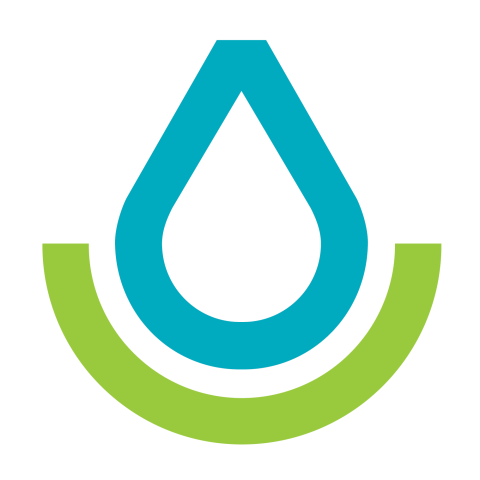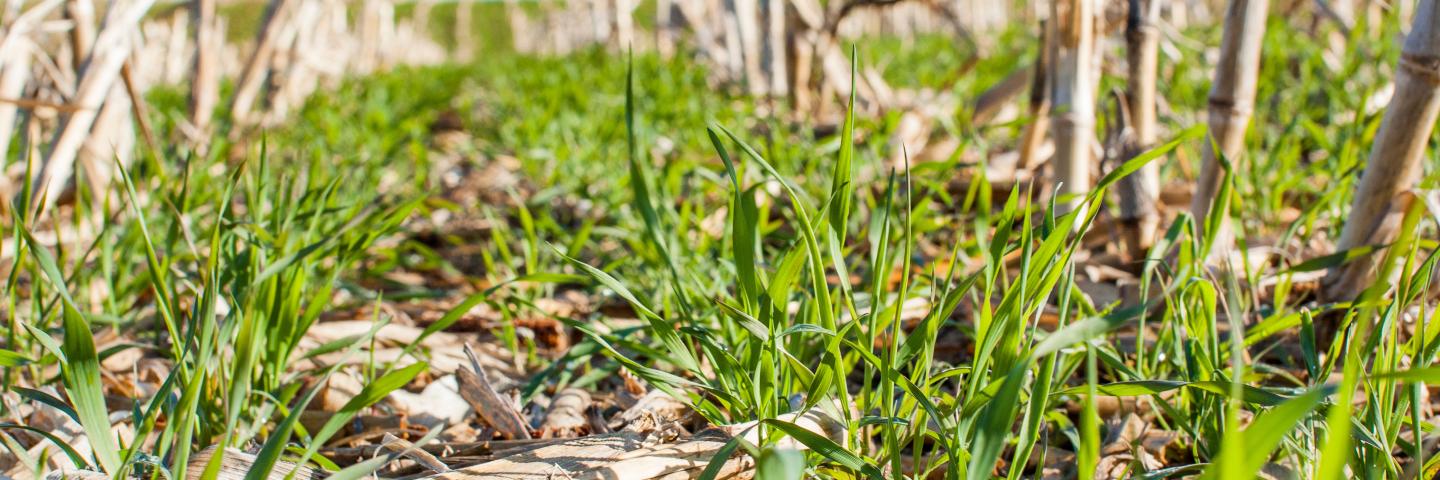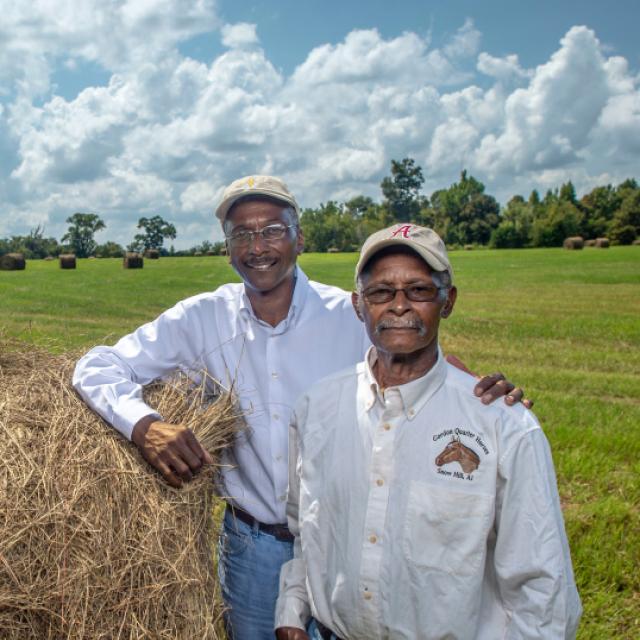
News


The Conservation Stewardship Program (CSP) helps agricultural producers maintain and improve their existing conservation systems and adopt additional conservation activities to address priority resources concerns.
Applications are accepted on a continuous basis.
CSP assistance is available to agriculture producers including cropland, pastureland, hayland, and forest landowners who are interested in implementing activities such as cover crop, conservation tillage, prescribed grazing, nutrient management, tree planting, and more.
NRCS accepts CSP applications on a continuous basis, but applications are ranked and funded by enrollment period, which have application cut-off dates that are set by each state. Applications received after the cut-off date will automatically be considered during the next funding cycle. Agricultural producers can submit applications at local NRCS offices.
For more information about NRCS programs and assistance contact the NRCS office serving your county. NRCS employees in county offices can provide more information about how to apply for benefits offered by NRCS.
Eligible lands include private agricultural lands, agricultural Indian lands, nonindustrial private forest land, farmstead, associated agricultural lands and public land that is under the control of the applicant and part of their operation. There is no minimum acreage requirement. CSP enrolls your entire operation into the program, not just one specific field or tract. All land must be in compliance with USDA highly erodible land and wetland conservation provisions to be eligible for CSP.
There are three types of payments available through CSP.
CSP helps you build on your existing conservation efforts while strengthening your operation. Whether you are looking to improve grazing conditions, increase crop yields, or develop wildlife habitat, we can custom design a CSP plan to help you meet those goals. We can help you schedule timely planting of cover crops, develop a grazing plan that will improve your forage base, implement no-till to reduce erosion or manage forested areas in a way that benefits wildlife habitat. If you are already taking steps to improve the condition of the land, chances are CSP can help you find new ways to meet your goals.
CSP is for working lands. It is the largest conservation program in the United States with more than 70 million acres of productive agricultural and forest land enrolled in CSP. Thousands of people voluntarily enroll in the program because it helps them enhance natural resources and improve their business operation.
CSP participants are seeing real results. Some of these benefits include:
Contact your local service center to start your application.
Do you farm or ranch and want to make improvements to the land that you own or lease?
Natural Resources Conservation Service offers technical and financial assistance to help farmers, ranchers and forest landowners.

To get started with NRCS, we recommend you stop by your local NRCS field office. We’ll discuss your vision for your land.
NRCS provides landowners with free technical assistance, or advice, for their land. Common technical assistance includes: resource assessment, practice design and resource monitoring. Your conservation planner will help you determine if financial assistance is right for you.
We’ll walk you through the application process. To get started on applying for financial assistance, we’ll work with you:
Once complete, we’ll work with you on the application, or CPA 1200.
Applications for most programs are accepted on a continuous basis, but they’re considered for funding in different ranking periods. Be sure to ask your local NRCS district conservationist about the deadline for the ranking period to ensure you turn in your application in time.
As part of the application process, we’ll check to see if you are eligible. To do this, you’ll need to bring:
If you don’t have a farm number, you can get one from USDA’s Farm Service Agency. Typically, the local FSA office is located in the same building as the local NRCS office. You only need a farm number if you’re interested in financial assistance.
NRCS will take a look at the applications and rank them according to local resource concerns, the amount of conservation benefits the work will provide and the needs of applicants. View Application Ranking Dates by State.
If you’re selected, you can choose whether to sign the contract for the work to be done.
Once you sign the contract, you’ll be provided standards and specifications for completing the practice or practices, and then you will have a specified amount of time to implement. Once the work is implemented and inspected, you’ll be paid the rate of compensation for the work if it meets NRCS standards and specifications.